By Major Dominic J. Caraccilo
At the onset of American involvement into World War I the focus was to get as many men into the “trenches” as possible, so the need for a strong American naval force was greatly overlooked. Since the end of the Civil War, in fact, American industry had all but forgotten the art of building ships. According to author A.B. Feuer, “In the meantime, the British had developed ship construction to a point where any attempt to compete was an almost impossible task.” Concurrently, German naval leaders grew increasingly confident that its “undersea fleet” could force its enemies into an early surrender. In August 1914, the armed forces of the United States were still licking their wounds from the Spanish-American War and Philippine Insurrection. And the sinking of the Lusitania in May 1915 was a wake-up call for the United States.
Feuer’s The US Navy in World War I: Combat at Sea and in the Air (Praeger, Wesport, Conn., 1999, 197 pp., $55.00, hardcover) chronicles the American naval forces, which in 1917 suffered a naval loss-production ratio of 4-to-1 and then rebuilt its naval force to withstand the onslaught of German submarine warfare. Coupled with the quest to rebuild a sea-going fleet was a concerted effort to develop a Naval Air Force, which was practically non-existent before 1914.
As Dwight R. Messimer points out in the Foreword, U.S. industry was slow to respond to the nation’s call for help. As a result, more than a year had passed with Allied losses amounting to 900,000 tons of shipping per month before ship production goals were met. In the initial design, two government agencies were assigned to direct and oversee a “prodigious shipbuilding program.” The expansion of shipyards and exploratory techniques for constructing and then transporting the large vessels to the sea consumed the American public and decision-makers.
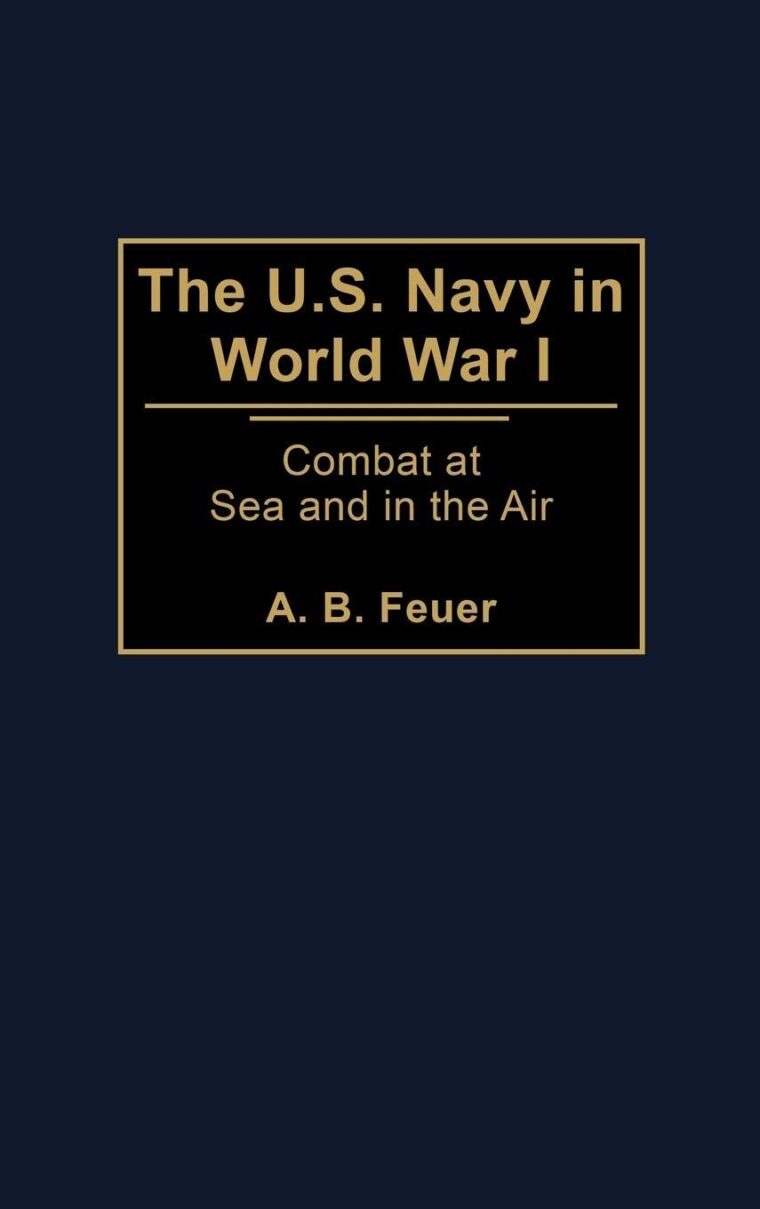 By early 1918, Henry Ford understood the requirement for a national effort, and consequently tried to put his mass-production techniques to work to produce hundreds of submarine chasers to patrol American coastlines. While the lack of ships was problematic, the production of more ships did not necessarily even the balance of power on the high seas.
By early 1918, Henry Ford understood the requirement for a national effort, and consequently tried to put his mass-production techniques to work to produce hundreds of submarine chasers to patrol American coastlines. While the lack of ships was problematic, the production of more ships did not necessarily even the balance of power on the high seas.
In 1916, President Wilson’s War Department implemented a number of suggestions to overcome the crisis at sea. These suggestions included: the employment of destroyers and other vessels as convoy escorts; the reinforcement of the British Grand Fleet; the creation of naval aviation squadrons; and the development of antisubmarine measures.
Feuer begins his book by outlining the development of dazzle-paint, or camouflage designs, that helped Allied vessels resist German U-boat attacks. The Submarine Defense Association, with solicited help from Eastman Kodak, undertook the “low-visibility” camouflage effort with help from world-renowned psychophysics-of-vision authorities to develop a color meter to measure visibility of an object. In the end, both low-visibility camouflage and a newly acquired methodology called “deception coloration,” protected Navy Department and the British Admiralty merchantmen, troop transports and warships from German U-boat attacks.
A major part of the book is an intriguing set of stories surrounding the use of civilian yachts as naval vessels. Most of these ships were German liners interned by the United States and used as American escorts.
As noted earlier, the U.S. problems were not limited to the sea. Feuer concludes The US Navy in World War I with a discussion of the fledgling Naval Air Service that was assigned the daunting task of dealing with enemy aircraft over France and in the Adriatic Sea.
Interjecting briefs about the introductory use of homing pigeons as a method to locate downed pilots, the development of new “seaplanes” weaponry, and a chapter on the evolutionary use of balloons for aerial photo reconnaissance, Feuer has made this book an engrossing history of the navy in World War I. In the end, The US Navy in World War I is a well-written narrative with an excellent selection of first-hand accounts.
Recent and Recommended
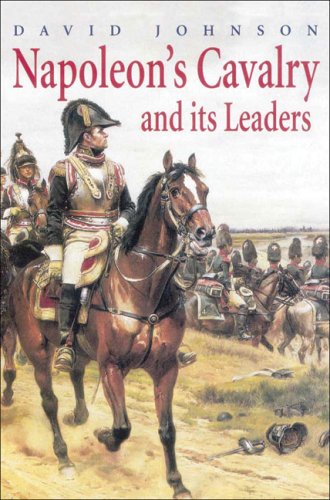
Napoleon’s Cavalry and its Leaders (by David Johnson, Spellmount Ltd., Kent, England, 1999, 191 pp., $34.95, hardcover). In March 1796, a 26-year-old Corsican general by the name of Napoleon Bonaparte formed a small cavalry escort to guard his flank at Valeggio, Italy. The French Revolution was entering its fourth year when Bonaparte, now commander of the Army of Italy, placed the command of this mounted cavalry to a young captain of the 22nd Chasseurs named Jean-Baptiste Bessieres. This “reserved and dignified” officer, who eventually became Napoleon’s overall chief of the Guard Cavalry, is one of many of Bonaparte’s most colorful leaders illuminated in David Johnson’s Napoleon’s Cavalry and its Leaders.
While Bessieres may have been dignified, most of the other subordinate cavalry commanders were a “flamboyant clique of aristocrats and ex-troopers.” Napoleon’s Cavalry is at once an enlightenment of the Bonaparte-era generals and an analysis of how cavalry evolved into a precise battlefield operating system. Revolutionizing the use of artillery while massing mounted warriors, Napoleon’s generals managed a series of remarkable victories for nearly two decades. With the likes of Joachim Murat, Andoche Junot, Etienne de Nansouty, Charles Lasalle, Le Baron Marullaz, and the infamous Francois-Etienne de Kellerman of the Battle of Marengo fame, Napoleon’s Cavalry is a fascinating account of the most remarkable cavalry force in history.

Bloody Tarawa: A Narrative History with 250 Photographs, by Eric Hammel and John E. Lane, Pacifica Press, Pacifica, Calif., 1998, 298 pages, $39.95, hardcover.
The Battle of Betio on the Tarawa Atoll, known to the military as Operation GALVANIC, is a truly proud and heroic event in our nation’s history; however, it has been often overshadowed by the more infamous Marine action on Guadalcanal. Bloody Tarawa offers credence to the first “modern amphibious assault” that took place on November 20, 1943. This book is a graphical depiction of the indomitable human spirit portrayed in dozens of personnel accounts of the bloody struggle compiled by the authors.
Acclaimed author Eric Hammel teams up with John E. Lane to present newly uncovered archival photographs of this bloody battle. To add to the oftentimes-shocking photographs, Hammel and Lane expertly weave numerous firsthand accounts into a chronological tale of heroism. In their book, they bring the reader through a 41-chapter depiction of the “road to war” where the Marines were assured of an easy victory.
What followed, however, was terror-stricken combat. The authors have expertly captured this dichotomy by meticulously describing the days prior to the assault as seen through the eyes of the men who waited with pent-up anticipation. “Although they were assured that the island of Betio would be pounded to coral dust by a pre-invasion bombardment, the first wave of Marines found the defenses manned by determined foes.” In short, this book is a tribute to the 2nd Marine Division which, in the end, fought for every deadly step across the tiny tropical island. More than 250 startling photographs and drawings, many never previously published, accompany the text. Bloody Tarawa is at once a beautifully constructed oversized photo catalog and a well-written account of war in the Pacific.

Under the Bombs: The German Home Front, 1942-1945, by Earl R. Beck, The University Press of Kentucky, Lexington, Ky., 1999, 252 pp., $18.00, softcover.
Earl R. Beck’s intent with Under the Bombs is to provide “… Americans who have never really experienced a war in their own homeland some feeling for what it was really like to be under the bombs.” This book is at once a description of how the common German citizen survived the Allied saturation “terror bombings,” while at the same time conveying the civilian struggle against the Nazi Security Service (SD).
While the book’s title implies a narrative about an internal battle to overcome aerial bombardment, the true struggle for the average German citizen was the wrath of the local leaders (Kreisleiters, Ortsgruppenleiters and Reichsleiters) against those average Germans who were “defeatist” in attitude toward the Reich. Most Germans knew the war was a “lost cause,” but the penalty for publicly conveying that feeling was usually extreme.
Each chapter covers a four- or five-month period outlining the efforts of the Nazi party to overcome its ideological struggle to maintain order over an increasingly disillusioned populace. Beck effectively describes the intense SS propaganda program and efforts to increase domestic support for the war. However, the “execution of the total war measures never became evenly effective throughout the Reich.” In the end, the Allied saturation bombings and Nazi maltreatment of its citizens prevented the nation’s willingness to embrace total war. Instead, Urberleben (survival) became the motif for life.
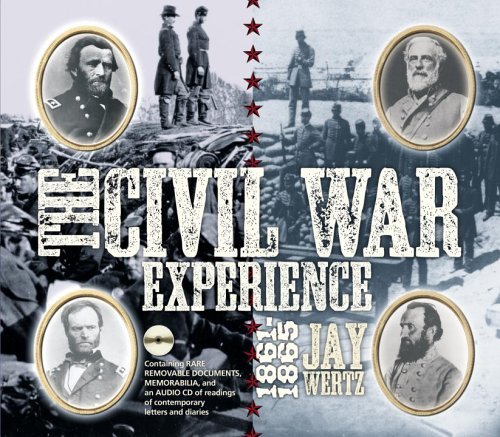 The Civil War Experience by The History Channel, Southpeak Interactive, Cary, N.C., 1999, $34.95, cd rom.
The Civil War Experience by The History Channel, Southpeak Interactive, Cary, N.C., 1999, $34.95, cd rom.
The Civil War Experience is a thoroughly authoritative depiction of the American Civil War. Original texts, maps, graphics and music bring fresh insight to the single most dramatic episode of American history. From the dark foreshadows of war to the stillness at Appomattox, the program’s central narrative traces the nation’s descent into a deepening maelstrom of violence. Detailed battle accounts are accompanied by an extensive series of beautifully animated maps revealing troop movements at the campaign and battle levels.
Additional multimedia features include color images of the battlefields as they appear today, archival images of key political and military figures, original recordings of period music (with descriptive songbook), and video clips of recent battle re-enactments. The Civil War Experience is a simple-to-use, highly interactive performance; possibly the most aesthetically integrated historical interactive guide on the market. Look to see Southpeak as a leader in historical multimedia.
 The Burning of Washington: The British Invasion of 1814, by Anthony S. Pitch, Naval Institute Press, Annapolis, Md., 1999, 4 cassettes, $29.95, audiobook. June 1814 brought chaos to the city of Washington, D.C. With all the immediacy of an eyewitness account and the theatrics of a motion picture, The Burning of Washington is the dramatic story of the British 1814 invasion of the American capital.
The Burning of Washington: The British Invasion of 1814, by Anthony S. Pitch, Naval Institute Press, Annapolis, Md., 1999, 4 cassettes, $29.95, audiobook. June 1814 brought chaos to the city of Washington, D.C. With all the immediacy of an eyewitness account and the theatrics of a motion picture, The Burning of Washington is the dramatic story of the British 1814 invasion of the American capital.
The new Republic, fresh from a victory for independence, validated its sovereignty, but at a steep price. In this audio version of the hardcover book, author and reader Anthony Pitch masters historical recreation. From the opening account, describing the country’s worst mob riots in Baltimore, to the actual British capture and subsequent burning of the capital, The Burning of Washington is a gripping description filled with vivid details.
While the War of 1812 is arguably an unexplored part of American History, the “valiant defense” inspired Francis Scott Key to write “The Star-Spangled Banner,” which later became the national anthem. Author Anthony Pitch has opened a window to a crucial event in American history. It is obvious an excruciating amount of research led to the development of this exquisite historical recreation. He may very well be the Michael Shaara of the antebellum era.
 Fateful Lightning: A Narrative History of the Civil War, by David Inglehart, Troubadour Interactive, Northfield, Mass., 1998, $34.95, cd rom.
Fateful Lightning: A Narrative History of the Civil War, by David Inglehart, Troubadour Interactive, Northfield, Mass., 1998, $34.95, cd rom.
Another “historical tour de force” focusing on the War Between the States is Fateful Lightning. This is a well-integrated Civil War disc, pulling together original texts, photographs and videos of re-enactments. The music, with lyrics and textual commentary and accompanying supplemental information, makes Fateful Lightning an all-encompassing account of the U.S. Civil War. What makes this a particularly useful program is the search/find feature, seldom seen in historical multimedia productions. Charts encompassing army organization, war deaths from the American Revolution through Vietnam, and Civil War weapons ranges are added features, making Fateful Lightning more than just a narrative regurgitation of history.
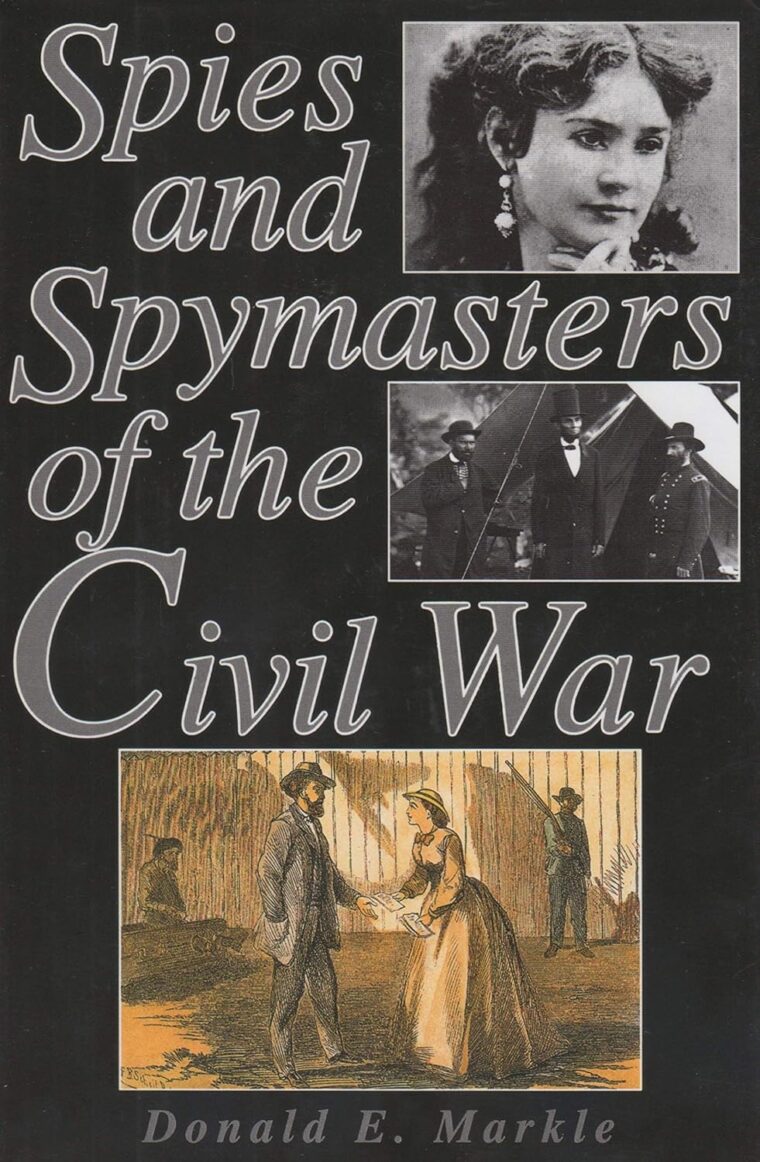 Spies and Spymasters of the Civil War, by Donald E. Markle, Hippocrene Books, 2000, 273 pp., $14.95, softcover.
Spies and Spymasters of the Civil War, by Donald E. Markle, Hippocrene Books, 2000, 273 pp., $14.95, softcover.
Stories of spying have always intrigued the military enthusiast. With Spies and Spymasters of the Civil War (Rev. Ed.), Donald E. Markle has compiled the most comprehensive work ever on the subject as it relates to the American Civil War. A form of intelligence-gathering, spying has been a part of conflict since man began warring with his enemies, and the U.S. Civil War proved to be no exception. Markle, an alumnus of the Civil War Institute at Gettysburg College and a 34-year veteran of the U.S. Department of Defense Intelligence, explains the Union and Confederate efforts to attain information from the other side.
The history of Civil War espionage is usually mentioned only in passing and in general accounts of the war. For his complete account of the subject, Markle draws upon numerous available resources and smartly compartmentalizes his work by recognizing the “spy chiefs” efforts and the organizations in which they conducted their business.
Other topics include cyptology, female spy tactics, and the role of blacks as sympathizers. Spies and Spymasters may very well be the first all-inclusive analysis of the use of “intelligence gathering” as a combat multiplier in modern combat.
 In Brief
In Brief
The Luftwaffe’s Way of War: German Air Force Doctrine 1911-1945, by James S. Corum and Richard R. Muller, The Nautical & Aviation Publishing Company of America, Baltimore, Md., 1998, 295 pp., $34.95, hardcover.
Using staff papers that include pre-World War I correspondence, Corum and Muller provide a compilation of letters and short commentaries addressing the Luftwaffe’s theory and operational doctrine. This book fills a void in airpower history. The rise and fall of the Luftwaffe may be examined and analyzed in any number of ways, but the doctrinal writings presented in this volume serve as an especially valuable lens for viewing the topic.
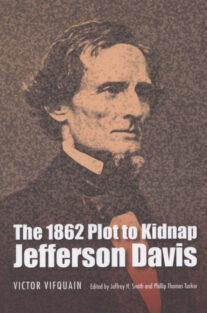 The 1862 Plot to Kidnap Jefferson Davis, by Victor Vifquain, Jeffrey H. Smith (Ed.) and Phillip Thomas Tucker (Ed.), Stackpole Books, Mechanicsburg, Pa., 1999, 256 pp., $24.95, softcover.
The 1862 Plot to Kidnap Jefferson Davis, by Victor Vifquain, Jeffrey H. Smith (Ed.) and Phillip Thomas Tucker (Ed.), Stackpole Books, Mechanicsburg, Pa., 1999, 256 pp., $24.95, softcover.
A relatively unknown plot to kidnap Jefferson Davis coupled with a fresh perspective on Richmond during the Civil War in early 1862 is provided in this unique account. Three Frenchmen hatched a plot to ride into Richmond and capture the Confederate leader, Jefferson Davis. This book is based on copious notes taken by Vifquain, one of the Frenchmen charged. His memoir written from those notes was recently unearthed from the Nebraska Historical Society. It is thoroughly edited and annotated by Smith and Tucker, and is a stunning tale of intrigue and defiance.
 T.R: The Last Romantic, by H.W. Brands, Basic Books, N.Y., 1997, 897 pp., $35.00, hardcover.
T.R: The Last Romantic, by H.W. Brands, Basic Books, N.Y., 1997, 897 pp., $35.00, hardcover.
Theodore Roosevelt was no doubt a grand character and H.W. Brands brings to life what one critic calls, “a leading raptor of his generation.” As president of the United States, Roosevelt reasserted the Monroe Doctrine during a crisis with the Germans over Venezuela—carry a “big stick.” From leading the successful effort to construct the Panama Canal or heading the American Historical Association as the Association’s president, Roosevelt was undoubtedly a warrior and, as Brands points out in this work, he was also one of the “last romantics.”
 The Hazy Red Hell: Fighting Experiences on the Western Front 1914-1918, compiled by Tom Donovan, Spellmount Limited, Kent, England, 1999, 232 pp., $34.95, hardcover.
The Hazy Red Hell: Fighting Experiences on the Western Front 1914-1918, compiled by Tom Donovan, Spellmount Limited, Kent, England, 1999, 232 pp., $34.95, hardcover.
Each contributing soldier in this anthology was an infantryman serving with a British regiment on the Western Front. Trench warfare during World War I was a ghastly form of war, and The Hazy Red Hell captures the essence of what it was like to “go over the top” and still try to survive. By the author’s admission, this collection of Great War experiences demonstrates the daily futility of that war. Extracts from diaries and unpublished letters make up this chronicle of 50 “gripping, often horrific” tales from the first month of the war to the last.
 Hitler’s Fatal Sickness and Other Secrets of the Nazi Leaders, by John K. Lattimer, Hippocrene Books, New York, N.Y., 1999, 272 pp, $35.00, hardcover.
Hitler’s Fatal Sickness and Other Secrets of the Nazi Leaders, by John K. Lattimer, Hippocrene Books, New York, N.Y., 1999, 272 pp, $35.00, hardcover.
While the title is somewhat misleading, Hitler’s Fatal Sickness is, in reality, a synopsis of the character and health of 24 of Nazi Germany leaders, including Hitler. John Lattimer had been a commander of troops during the war itself, and then during the Nuremberg trial acted as an attending physician. Coupling his firsthand experience with the likes of Goring, Hess, Ribbentrop, Jodl, Speer and others with his battlefield experience makes this book invaluable to understanding the Nazi mind. One of the most aesthetically attractive books of the year, this oversized book is packed full of intriguing photographs.
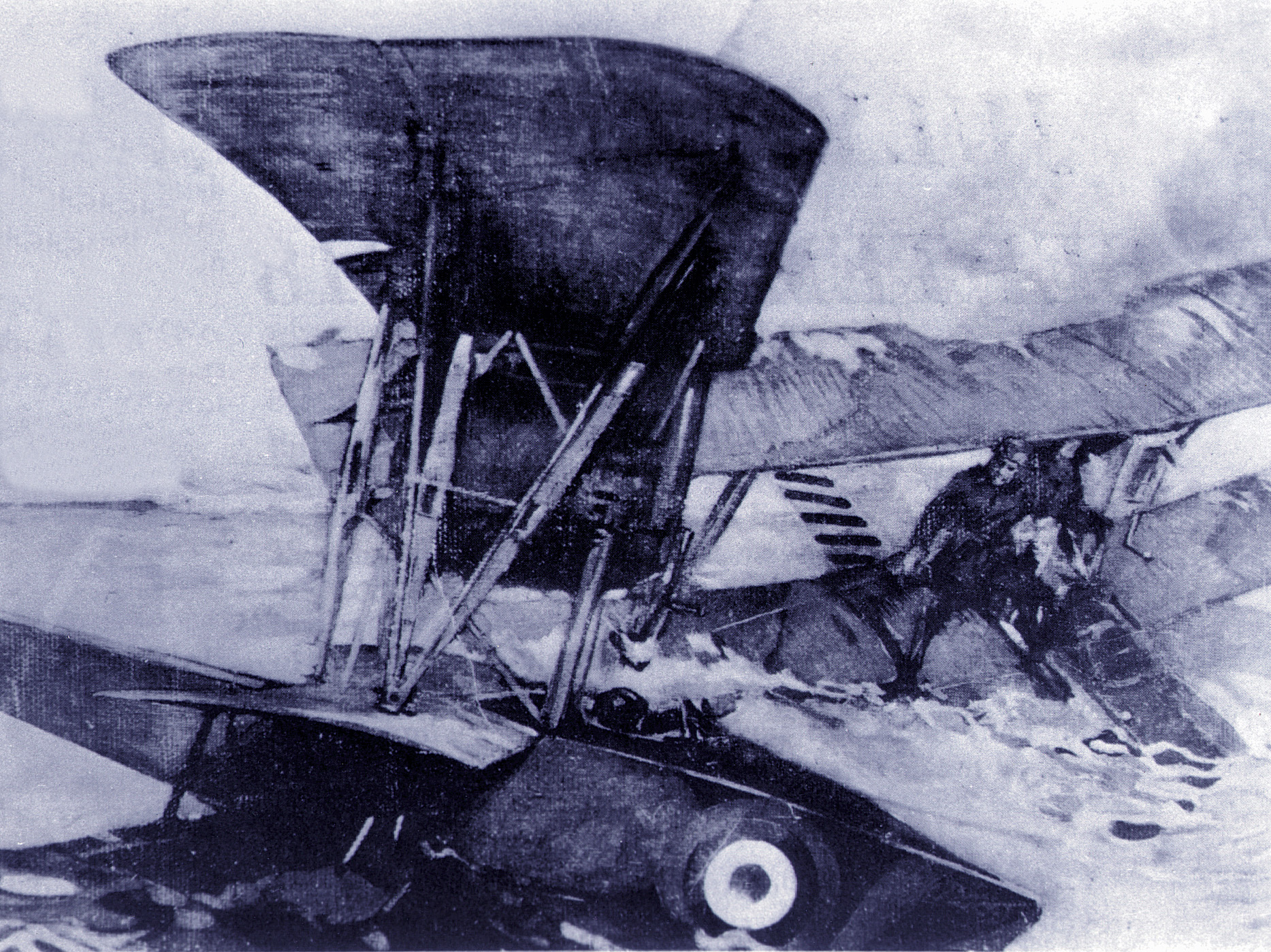
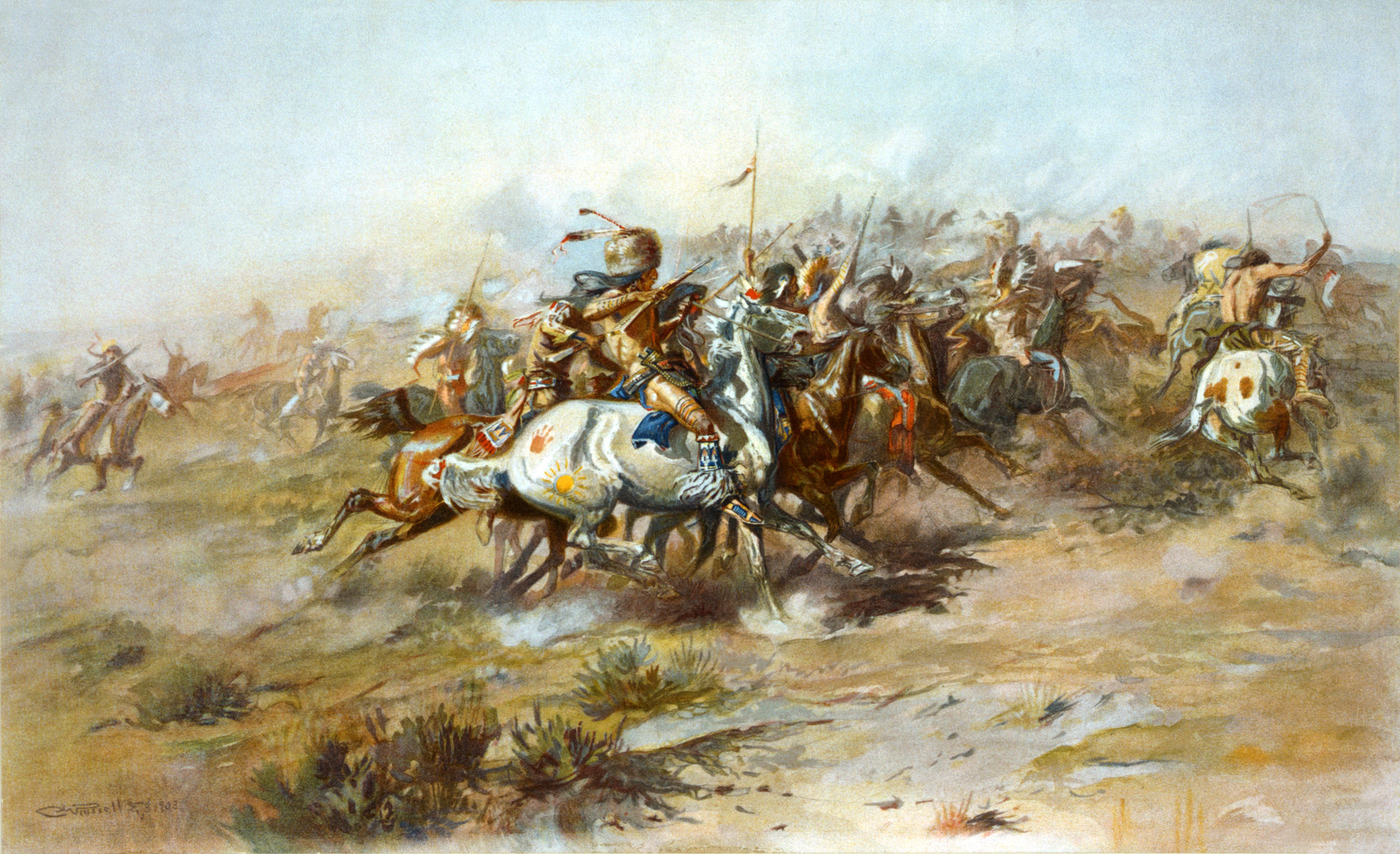
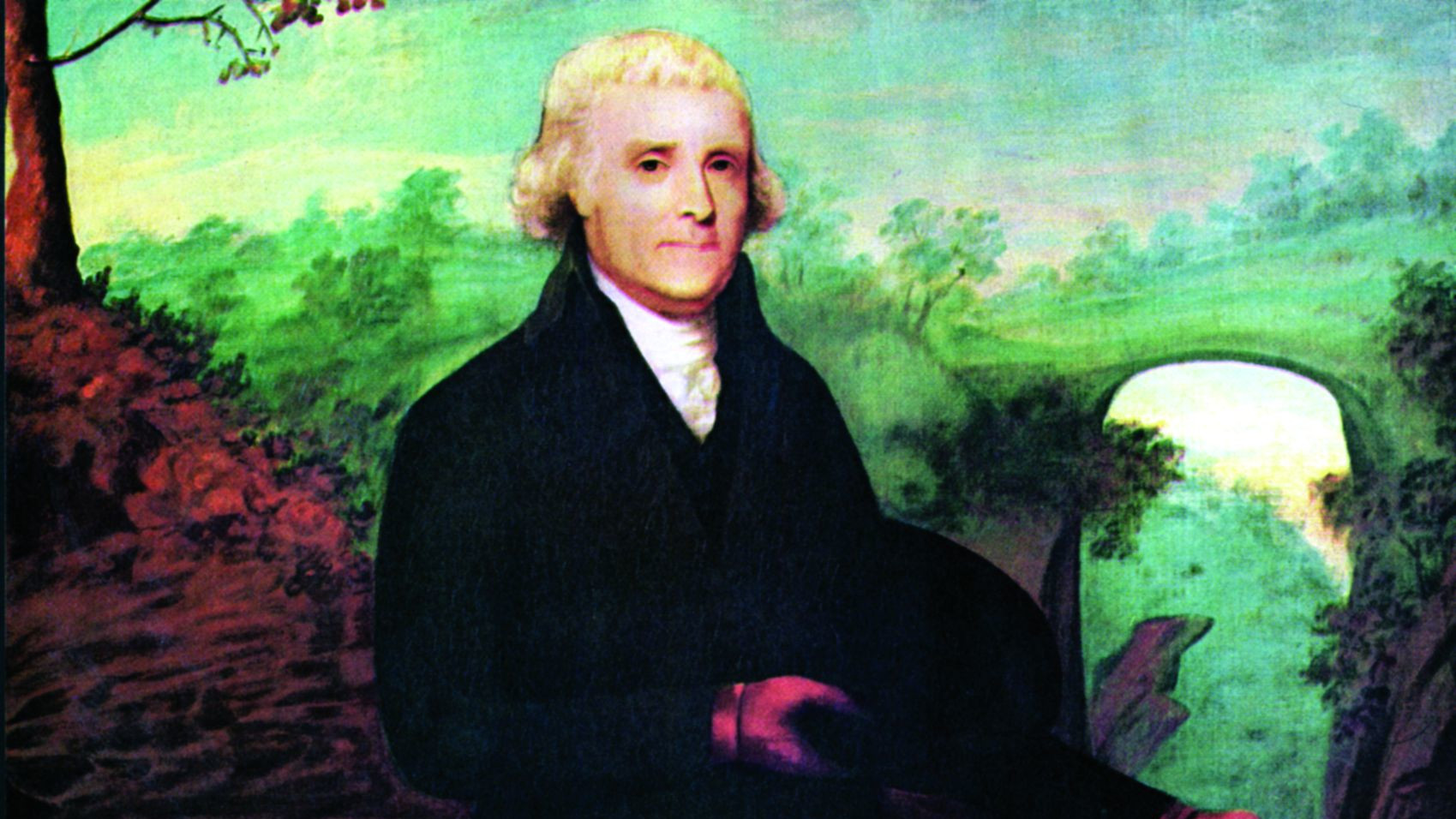

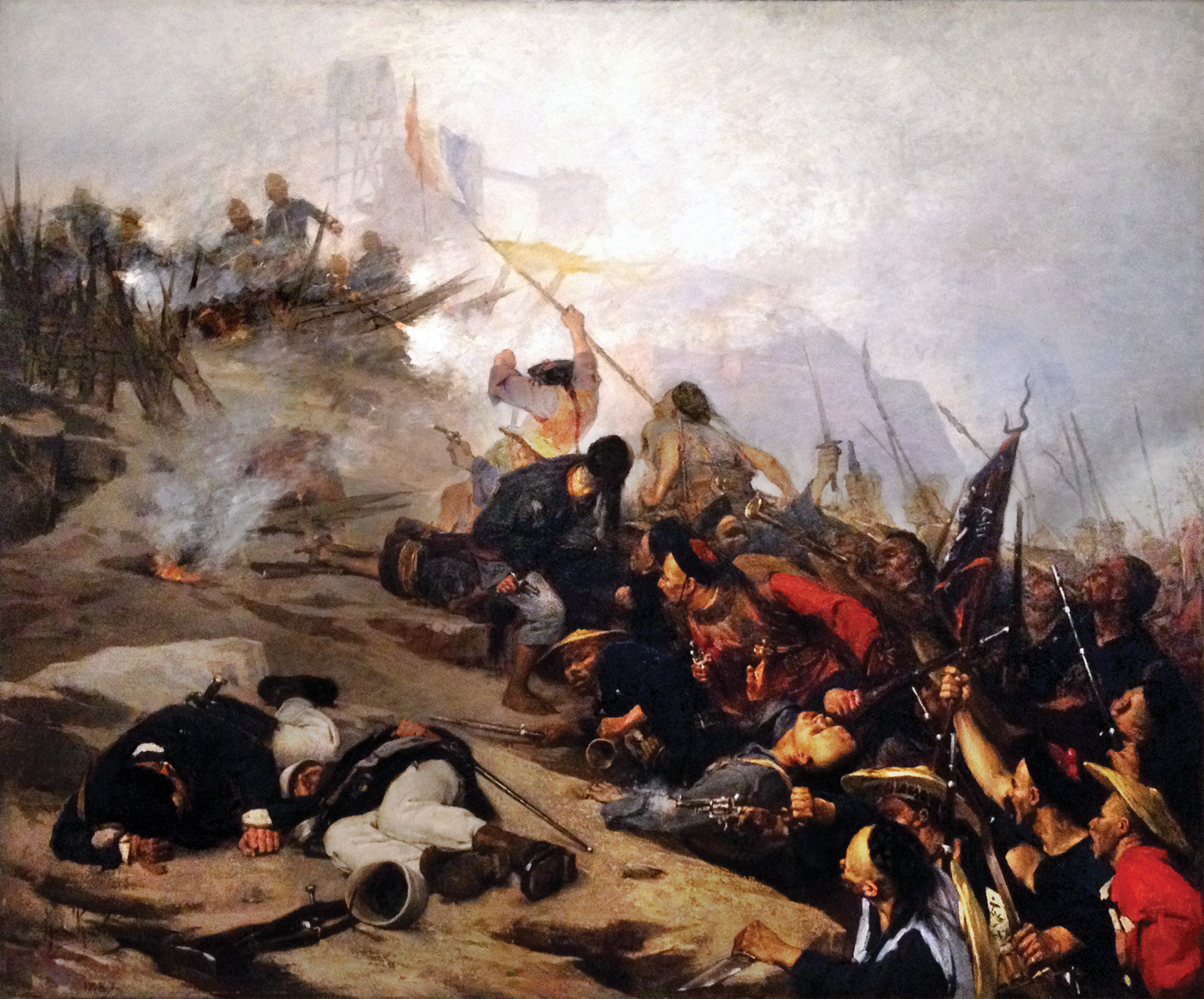
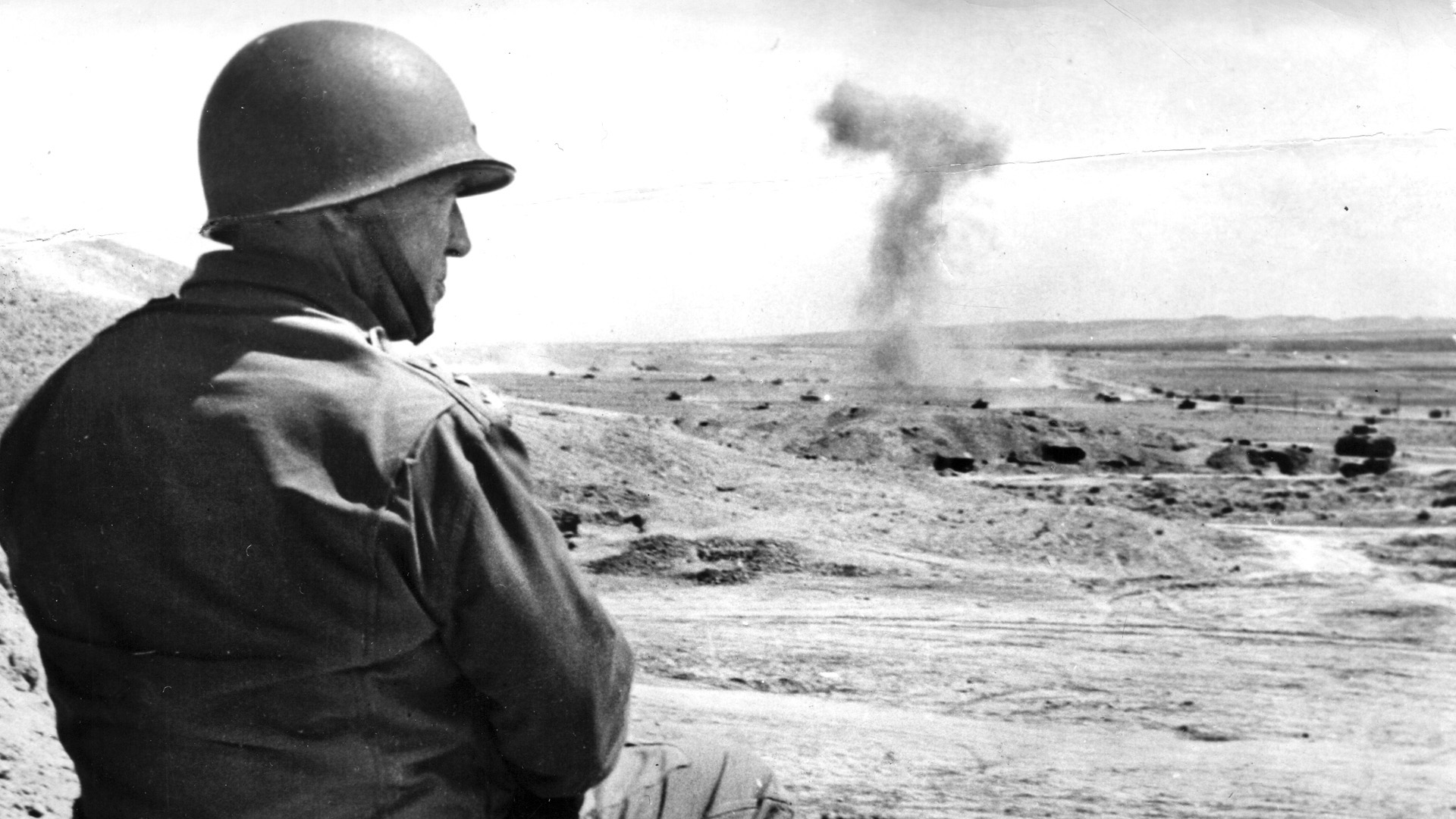
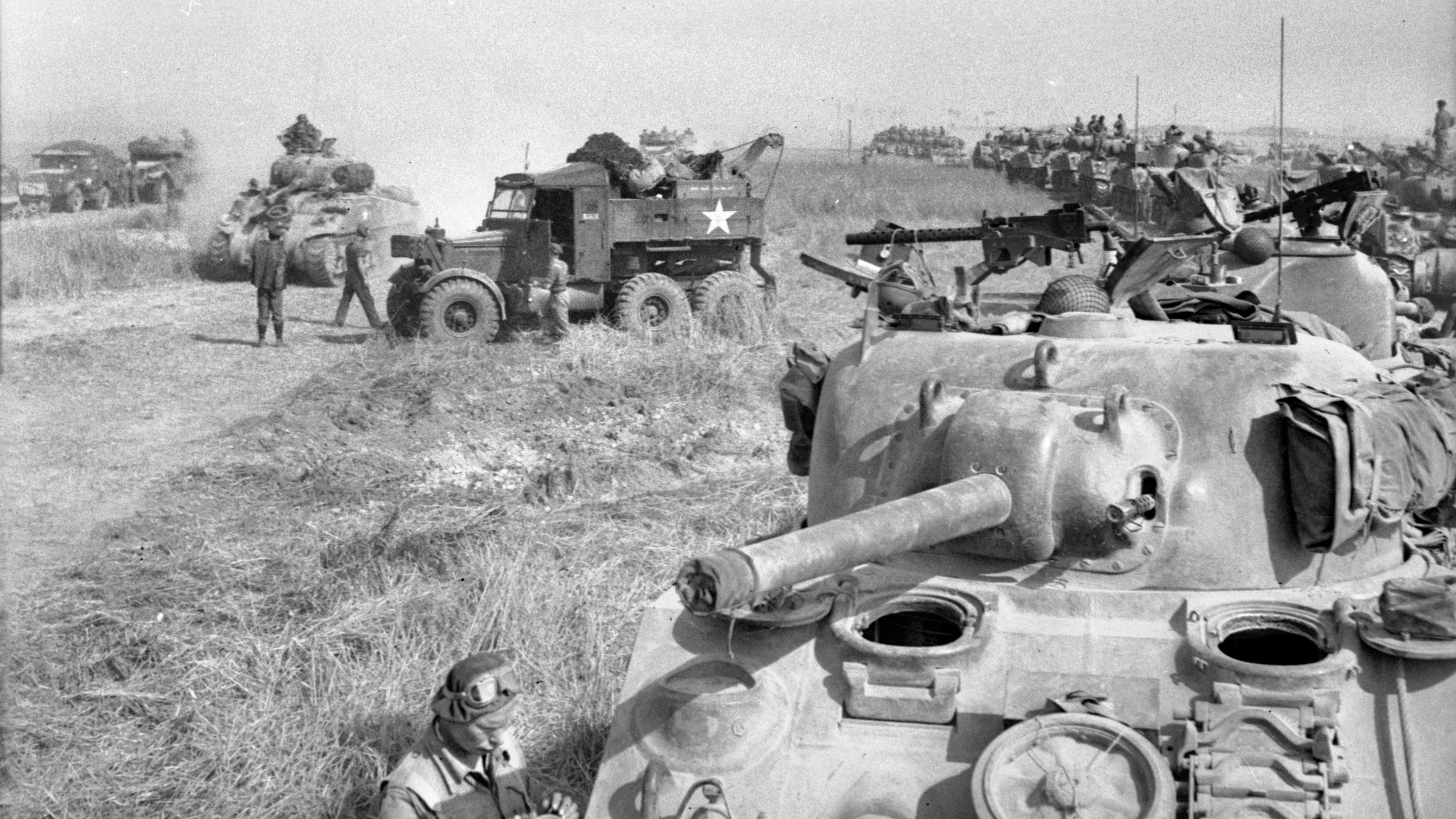
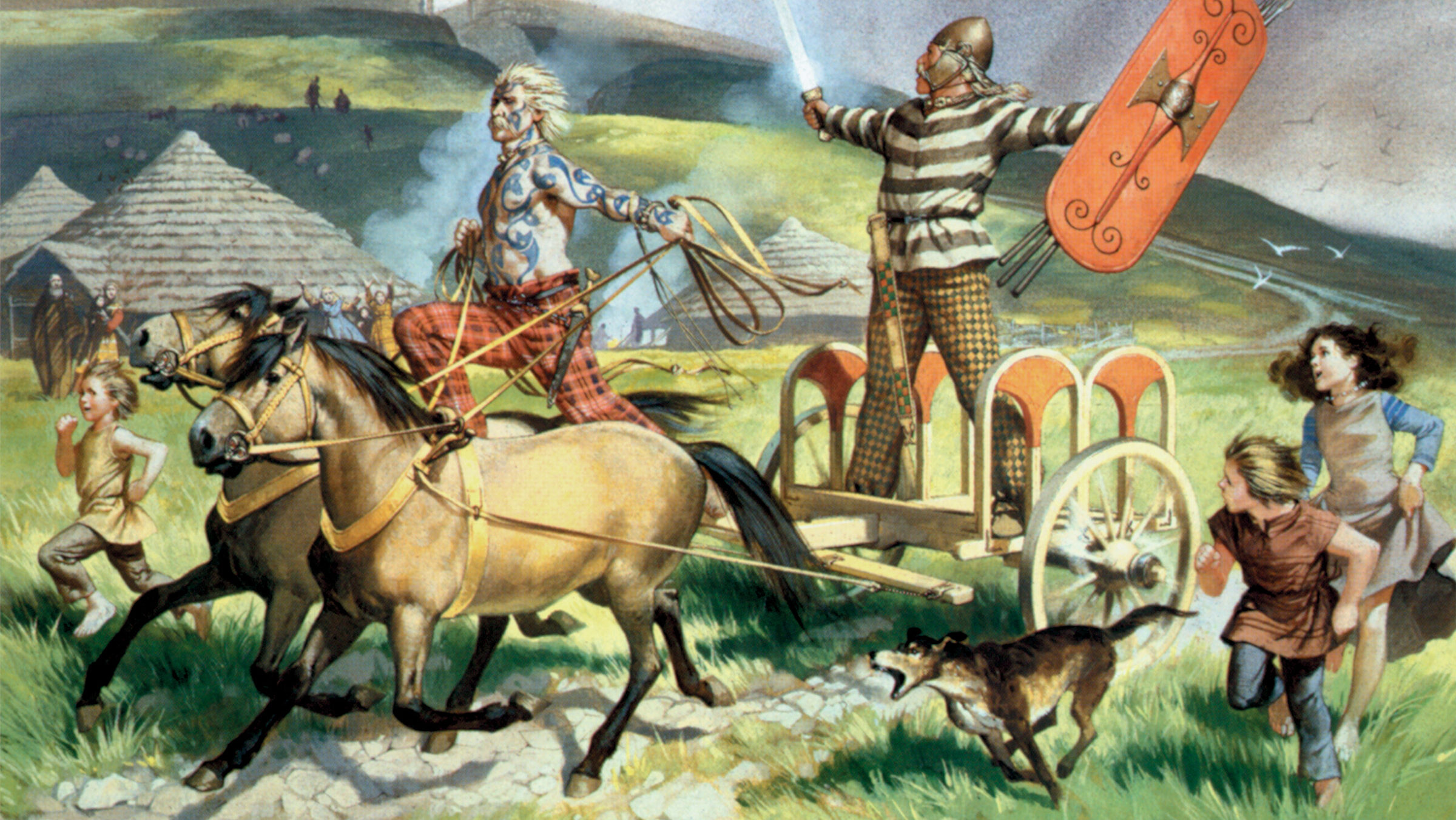
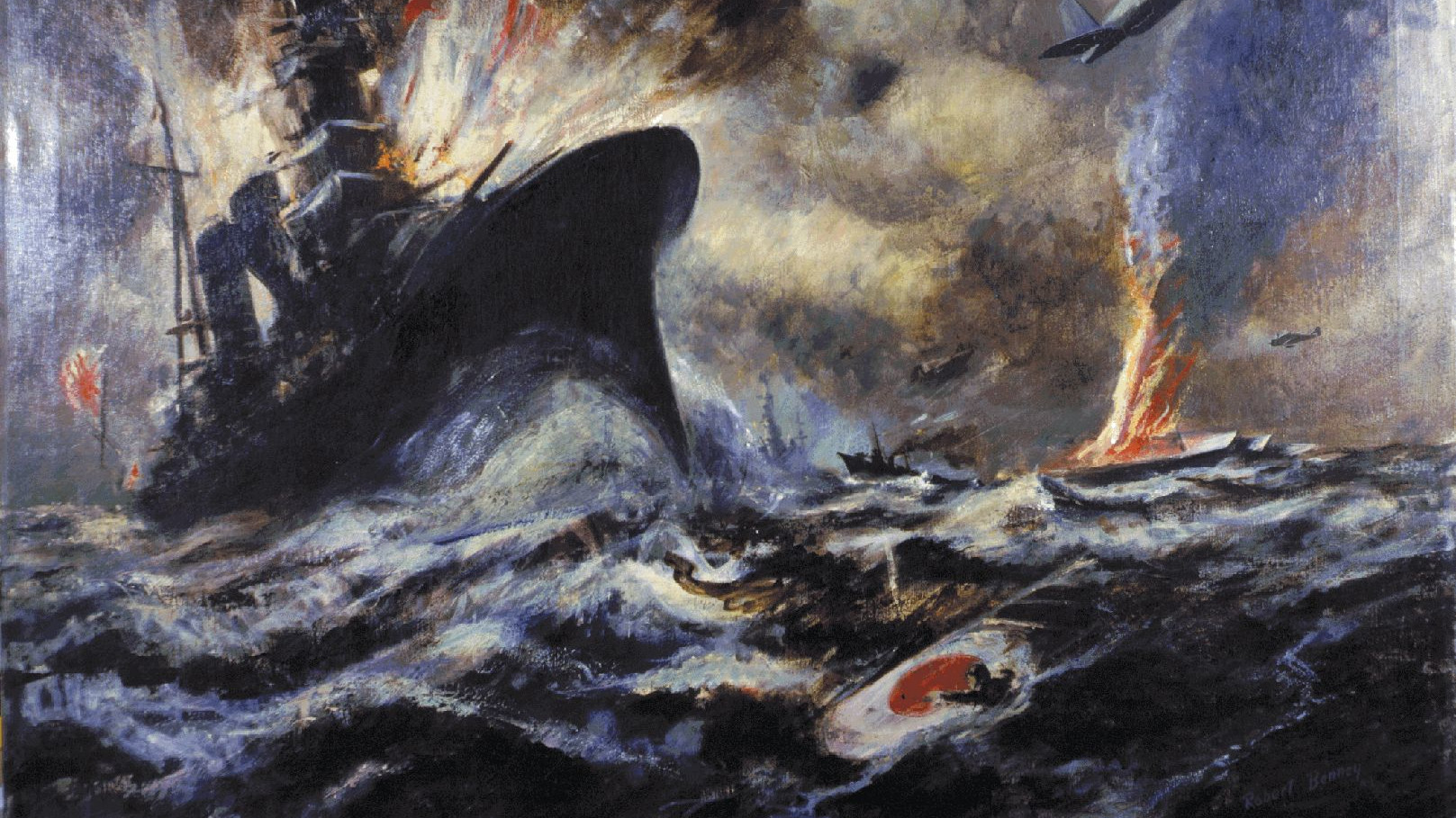
Join The Conversation
Comments
View All Comments